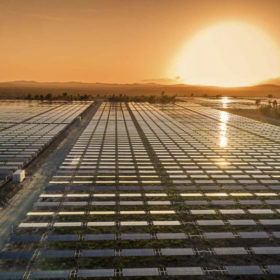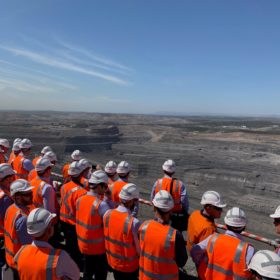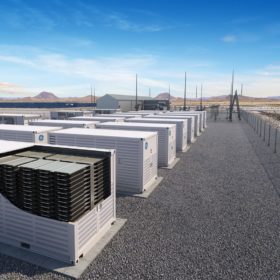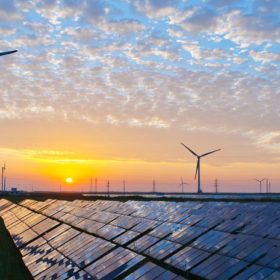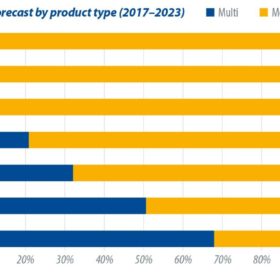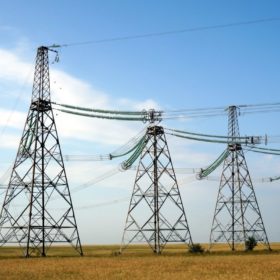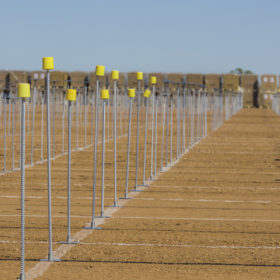How good is solar farming?
The breadth and depth of detail in the GSD2019 (to be released today) reveals any number of important insights into the supply side of the NEM. One theme that stood out for me as I reviewed the data was the set of challenges facing the NEM’s most recent crop of new entrant generators – utility-scale solar farms – as they come to grips with the messy reality of the electricity market.
IEEFA update: Capital flight from thermal coal is accelerating
Behind Blackrock’s grand exit from coal: Global capital flight from thermal coal and the coal-fired power sector is already at a canter in 2020.
Why Australia’s long term energy policy rests on battery storage
Australia has made great strides in terms of investment into renewables, yet despite the spend, we are still faced with an ageing grid and a growing number of coal power plant closures, that lack clear and sustainable replacements.
The collapse in Queensland renewables investment – the canary in the coal mine
Kicking off from the last quarter of 2016 Australia has experienced an amazing boom in renewable energy across both rooftop solar and utility-scale projects. Over the space of just five years Australia will have shifted from just 15% of our power from renewable energy (in 2016) to 30% by 2021.
Module prices continue to slide
After China’s National Day holiday, demand started picking up at a slow pace, but the anticipated installation rush did not occur as expected, due to land and financing issues, as well as the return of winter. These factors will also delay the timing of more than 6 GW of capacity to the first half of next year. PV InfoLink has thus downwardly revised its estimates for installed capacity in the fourth quarter to 11.3 GW in China and 30 GW globally, bringing this year’s global demand forecast to below 120 GW.
Let’s Talk Losses
Last week two things happened related to rule changes on losses. The AEMC released a draft determination, rejecting the proposal to move to Average Loss Factors (ALF). They also held a working group for COGATI which proposes dynamic marginal loss factors.
The journey to NEM 2.0
Australia made its first moves to open up its energy industry in the 1990s, when the National Electricity Market (NEM) was first created, and many of the rules and regulations from back then are still in place today. But the rise of renewables in the 21st century, argues Clean Energy Investor Group Chair Rob Grant, necessitates a rethink of this market structure.
Same same but different module
Utility-scale solar is booming in Australia. Quality assurance, especially solar panel testing, helps achieve better performance and lower costs. Best-practice testing is key, writes Michelle McCann, managing partner at PV Lab Australia, but must be planned and fully integrated into a project from an early stage. This integration ensures flow-through from panel manufacturers to commercial buyers and large project owners.
The race has only just begun
The Australian utility-scale PV and wind industries have just gone through a record two years of construction and commissioning. More specifically, writes Rystad Energy’s David Dixon, utility-scale PV has transformed from a megawatt-scale market to one measured in gigawatts. The resultant boom in utility-scale PV in the country has attracted developers, EPCs and OEMs, from at home and across the globe.
Safety is paramount
When Sony first commercially introduced lithium-ion batteries in 1991, the industry recognized their potential to revolutionize portable electronics. Ever since, there have been countless efforts to improve the technology, with many researchers focusing on energy density and longevity, in line with demand from emerging applications such as electric vehicles (EVs) and on-grid energy storage. Julian Jansen and Youmin Rong of IHS Markit discuss the effect of safety concerns on this rapidly growing global market.
